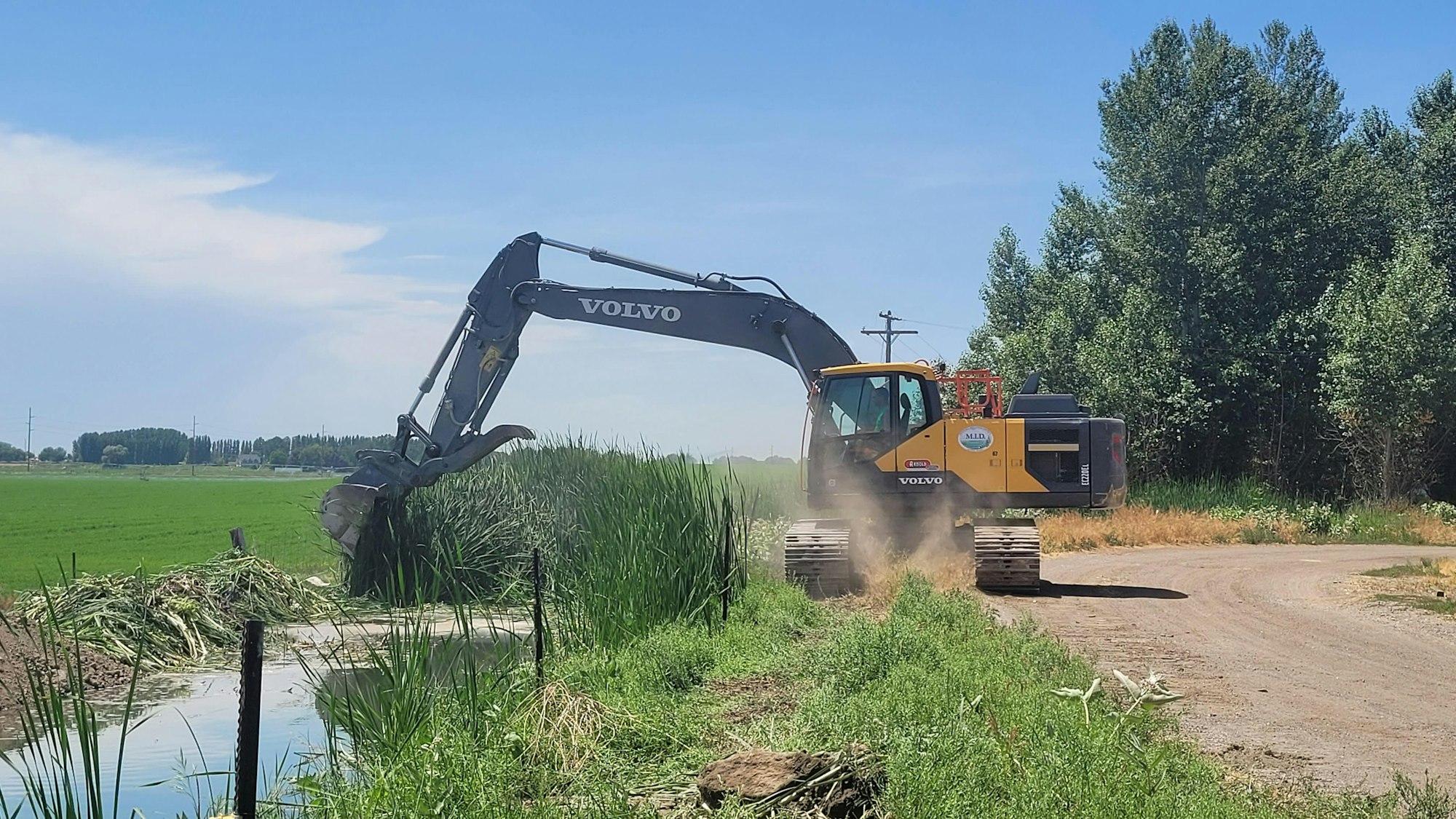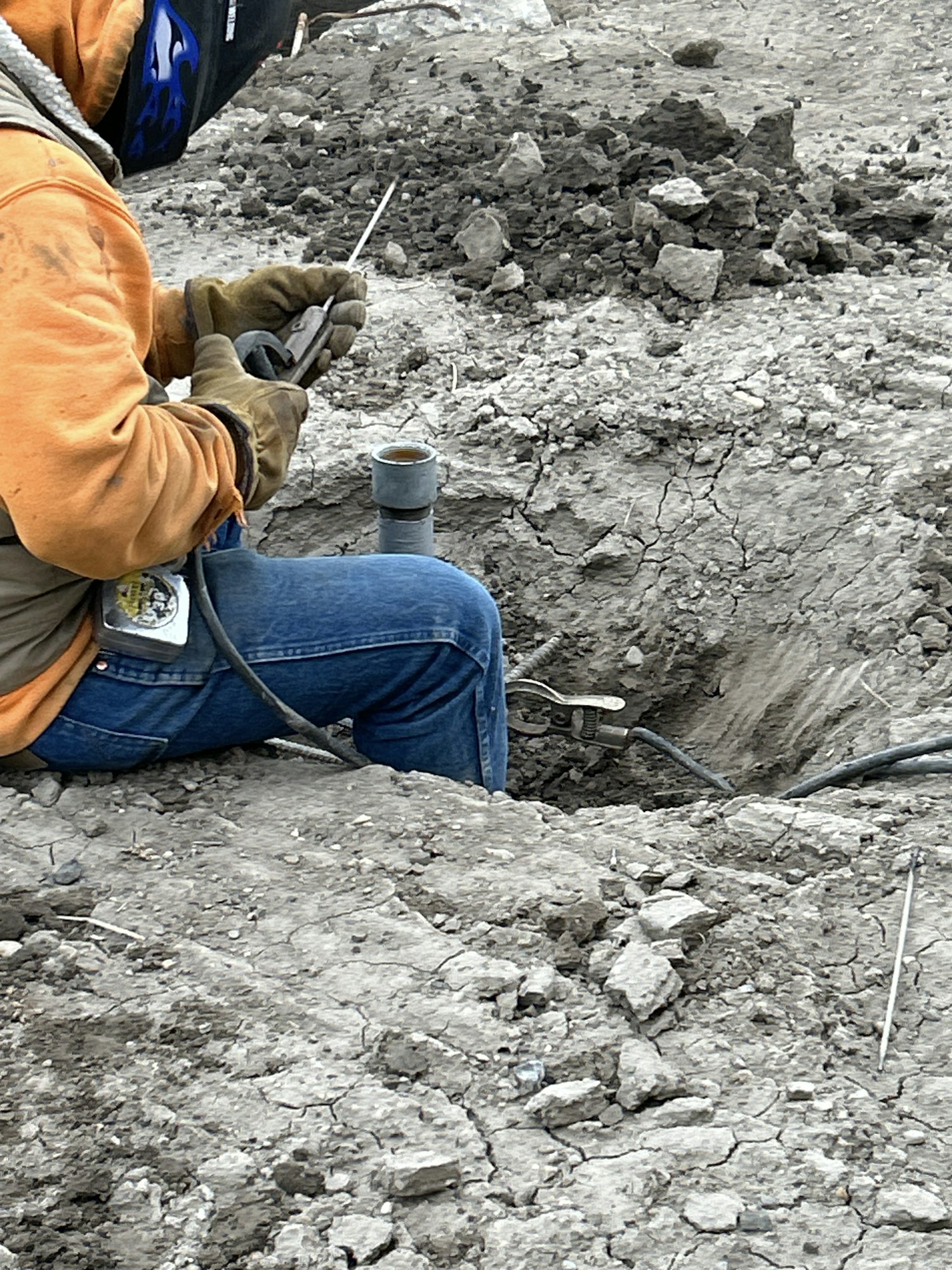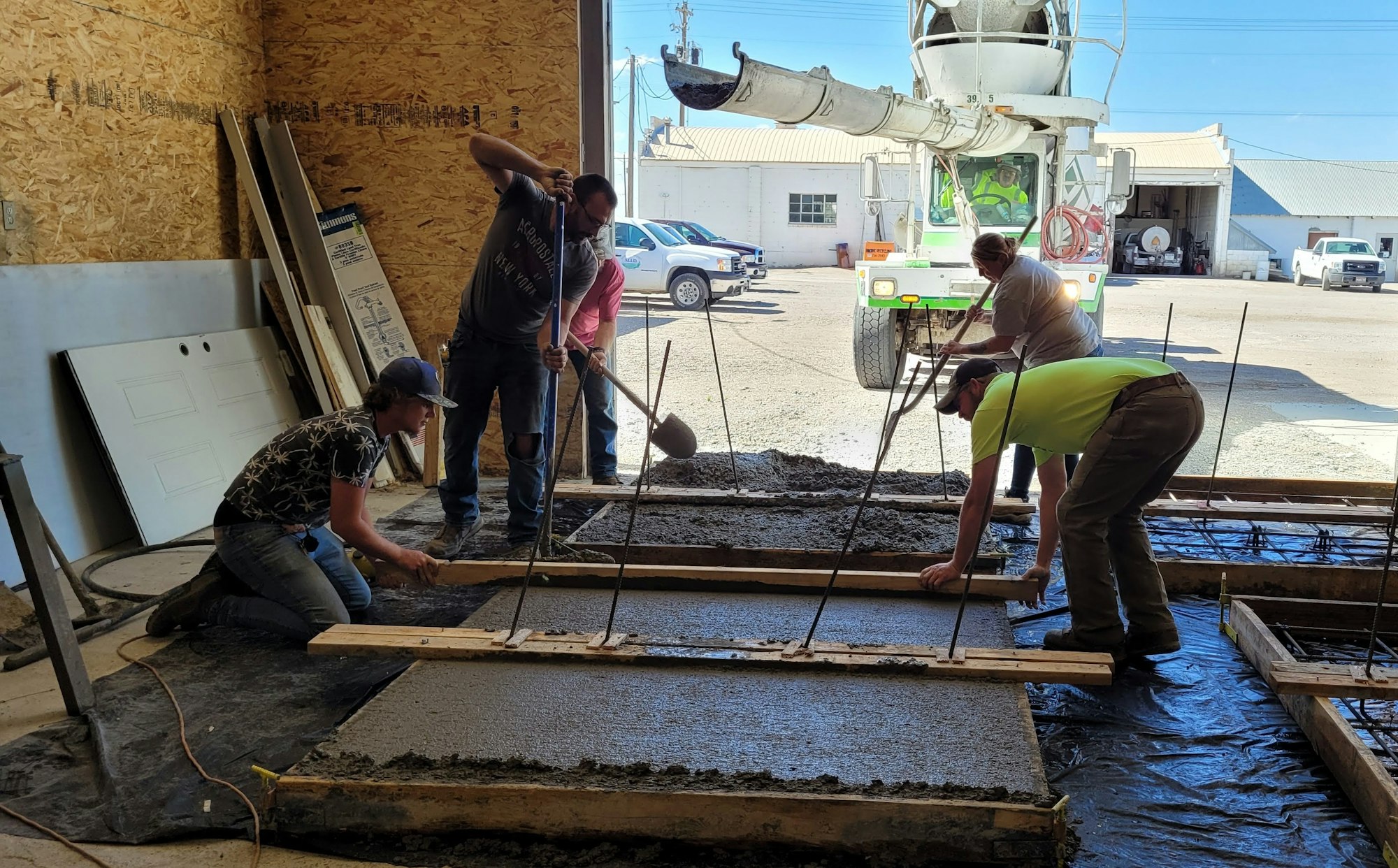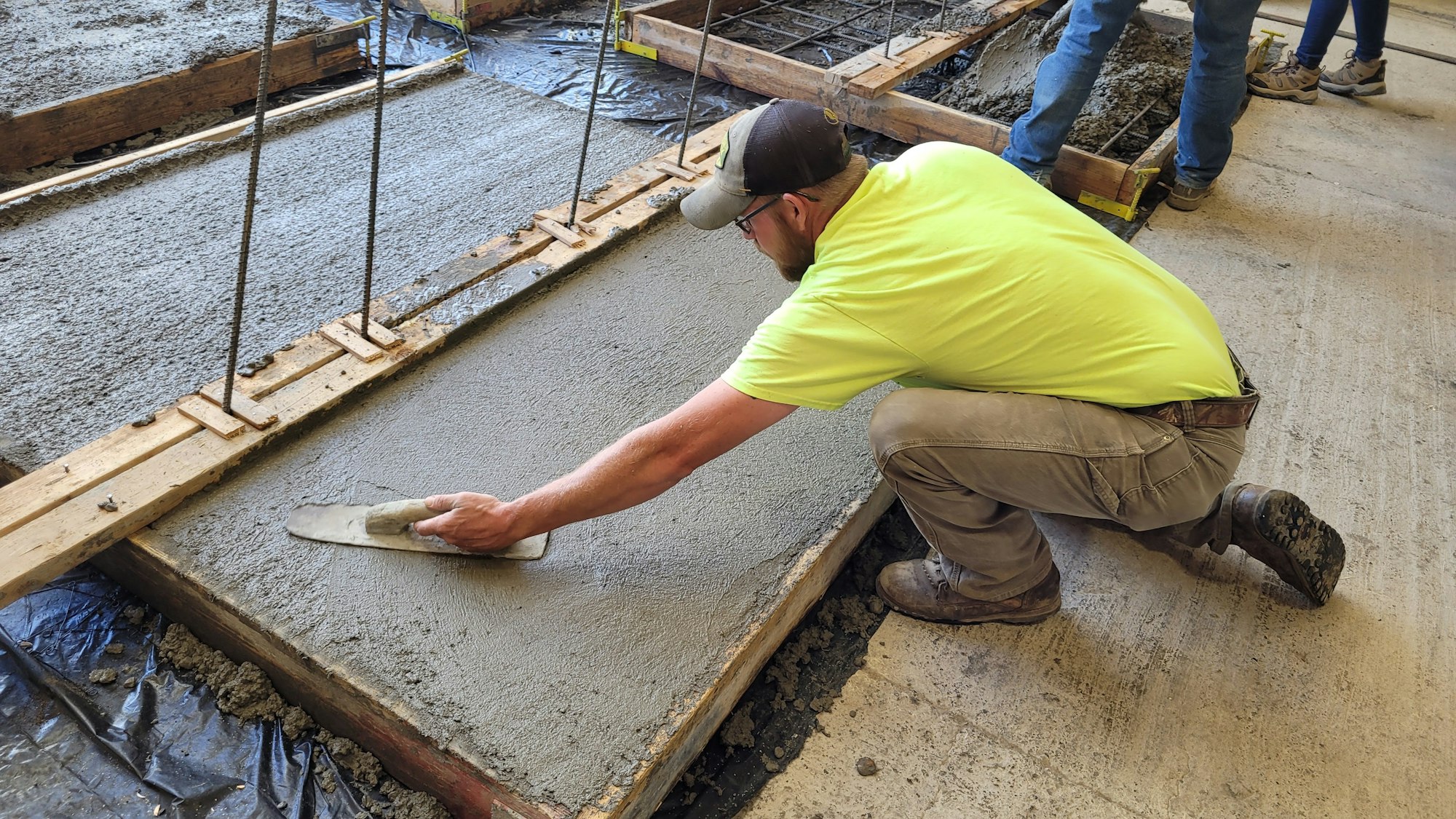Districtwide Improvements
Burley Irrigation District (BID) serves approximately 2,052 water users with over 400 miles of canals and laterals. Following the passage of the Reclamation Act in 1902, the survey work on the lands that would eventually become BID and Minidoka Irrigation District (MID) began. At the time, the areas were respectively known as the Pumping Division and the Gravity Division. Beginning in 1904, construction started on Minidoka Dam and the diversion canals on the north and south sides of the spillway. As part of the build-out of the southside canal, which conveys water to both BID and MID water users, a large concrete structure known as the F Waste was constructed to operate as both a regulating structure and an emergency discharge structure. The structure remains vital because the Southside Gravity Canal ends at the First Lift Station.
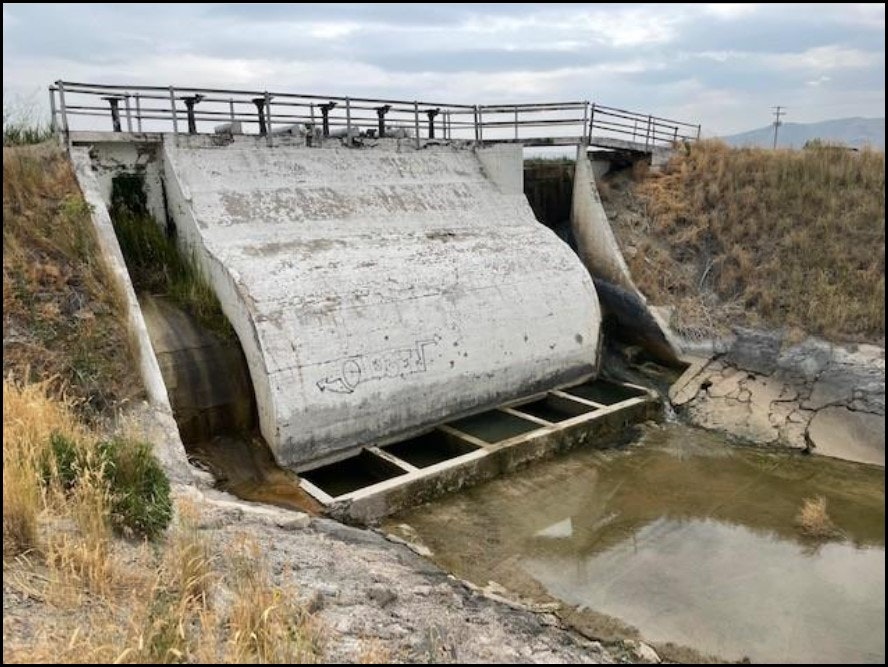
If, for some unfortunate reason, power was lost at the pumps, the entire contents of the Southside Canal would need to be safely diverted down the F Waste Canal and back to the Snake River to avert serious flooding and damage to surrounding homes and properties. The F Waste also functions as a regulating structure to maintain forebay levels for the six Westinghouse pumps at the First Lift Station. A 50-yard-long spillway wall allows the forebay level to be maintained.
BID and MID have worked cooperatively to maintain the Southside Canal and structures including the F Waste since the beginning of the project. When BID was granted title transfer of all facilities from the United States Bureau of Reclamation (USBR) in 2000, the F Waste was one of the transferred structures. This means that it is no longer eligible for a federal appropriation for maintenance activities. Past maintenance projects including patching cracks and applying waterproof coatings have extended the service life of the F Waste over the past two decades.
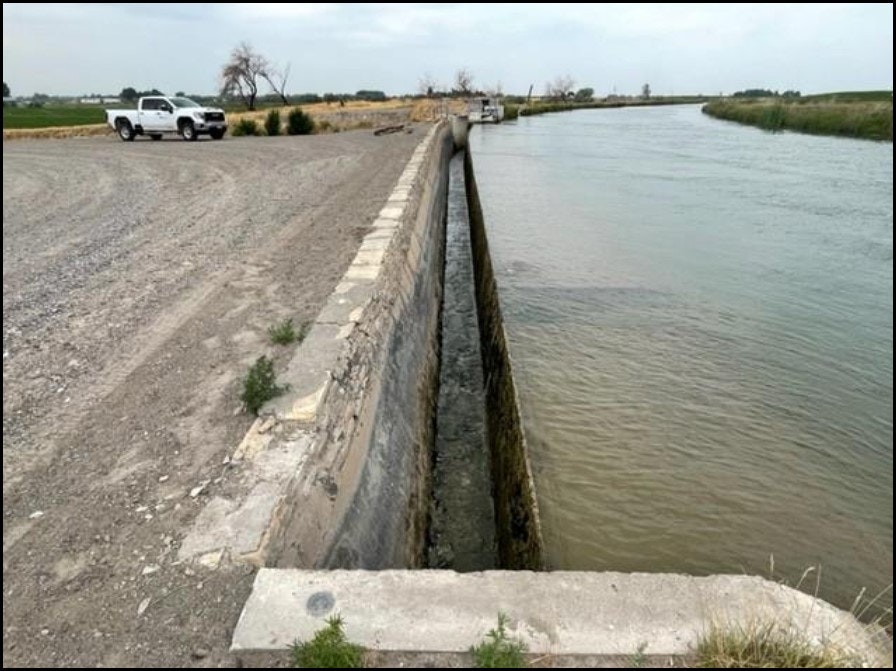
The Southside Canal is rated for 1,350 cubic feet-per-second (CFS) of flow which meets the needs of both districts. The shift to sprinkler irrigation over the past 40 years has created carrying capacity in the Southside Canal that has allowed Southwest Irrigation District (SWID) and Magic Valley Ground Water District (MVGWD) to transport surface water through the canal system to over 10,000 acres that previously relied exclusively on groundwater pumping. The cooperative agreements between all four irrigation entities have helped preserve groundwater levels in the Mini-Cassia area.

The F Waste structure is now over one hundred years old and is structurally compromised. This has occurred despite extensive maintenance efforts. Beginning in late fall of 2021, BID retained Civil Science, an Idaho-based engineering firm, to evaluate the structural integrity and remaining service life of the F Waste. Civil Science’s evaluation included a visual inspection as well as the collection and load-bearing analysis of concrete core samples throughout the structure. The analysis of the core samples revealed severely compromised structural integrity due to water infiltration, settling, concrete composition, and age. The sheer mass of the structure is holding it in place, but water infiltration throughout the structure due to annual freeze/thaw cycles is rapidly accelerating the F Waste’s decay and severely limiting its functionality.

